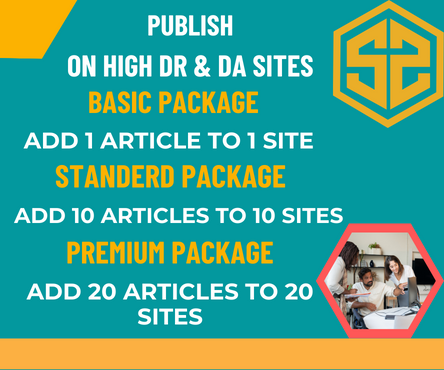In traditional arranged marriages, the marriage biodata serves as an essential introduction, summarizing personal information, family background, educational qualifications, and other relevant details in a structured format. This document can set the tone for compatibility between prospective partners, so it’s crucial to make it informative, accurate, and well-organized.
Here’s an ideal marriage biodata format along with helpful tips and sample templates.
1. Key Elements of a Marriage Biodata
The biodata format varies based on culture, family preferences, and personal style. However, certain elements are universally essential. Here’s a breakdown:
Personal Details
- Full Name: Include your full name to introduce yourself formally.
- Date of Birth and Age: Mention your date of birth to ensure clarity around your age.
- Height and Weight: Standard physical details help create a comprehensive profile.
- Religion and Caste: Important in traditional matchmaking; specify your religion and caste/community.
- Education: Briefly list your highest qualification, university, and any specialization.
- Profession: State your occupation and work details to convey your career background.
- Location: Share your city of residence and if applicable, your birthplace.
- Contact Information: Include your phone number or email address.
Family Details
- Family Background: Describe your family setup, including parents’ occupations, siblings, and general values.
- Income: While optional, some families include income details to gauge socioeconomic compatibility.
Lifestyle and Personal Traits
- Hobbies and Interests: Briefly mention activities and interests to give a glimpse of your personality.
- Dietary Preferences: Vegetarian, non-vegetarian, or other preferences are often included.
- Smoking/Drinking Habits: Mention any relevant lifestyle habits.
- Languages Known: List languages you’re fluent in, especially useful for multicultural profiles.
Partner Preferences
- Preferred Age Range: Specify an ideal age range.
- Educational Background: Mention preferences around education.
- Profession and Income: Indicate if you have any specific career preferences for your partner.
- Lifestyle Choices: Include dietary preferences or smoking/drinking habits if important.
- Location: Mention if you’re open to relocating, or specify your preferred location.
2. Marriage Biodata Format Template
Here’s a sample biodata template to help you create a clear and concise profile.
Marriage Biodata
Personal Details
- Name: [Full Name]
- Date of Birth: [DD/MM/YYYY]
- Age: [Age]
- Height: [Height]
- Weight: [Weight]
- Religion/Caste: [Religion, Caste/Community]
- Education: [Highest Degree, University]
- Profession: [Occupation, Company Name]
- Location: [City, Country]
- Contact: [Phone Number, Email Address]
Family Details
- Father’s Occupation: [Occupation]
- Mother’s Occupation: [Occupation]
- Siblings: [Number of siblings and a brief description if needed]
- Family Values: [Traditional, Moderate, Liberal]
Lifestyle and Personality
- Hobbies/Interests: [List your hobbies]
- Dietary Preferences: [Vegetarian/Non-Vegetarian]
- Smoking/Drinking: [Yes/No]
- Languages Known: [Languages]
Partner Preferences
- Age Range: [Preferred Age Range]
- Education: [Minimum Education Level Preferred]
- Profession: [Preferred Profession or Sector]
- Location Preference: [Preferred Location or openness to relocation]
- Lifestyle: [Dietary/Other preferences]
3. Tips for Creating an Impactful Biodata
- Keep It Concise: Stick to the essential details and avoid long paragraphs.
- Highlight Key Information: Use headings and subheadings for easy readability.
- Be Honest: Transparency sets the stage for a stronger foundation.
- Professional Tone: Use clear and respectful language throughout.
A well-structured marriage biodata can make all the difference in arranged marriage setups. By crafting a document that highlights your personality and values, you open doors to a compatible and meaningful relationship.
